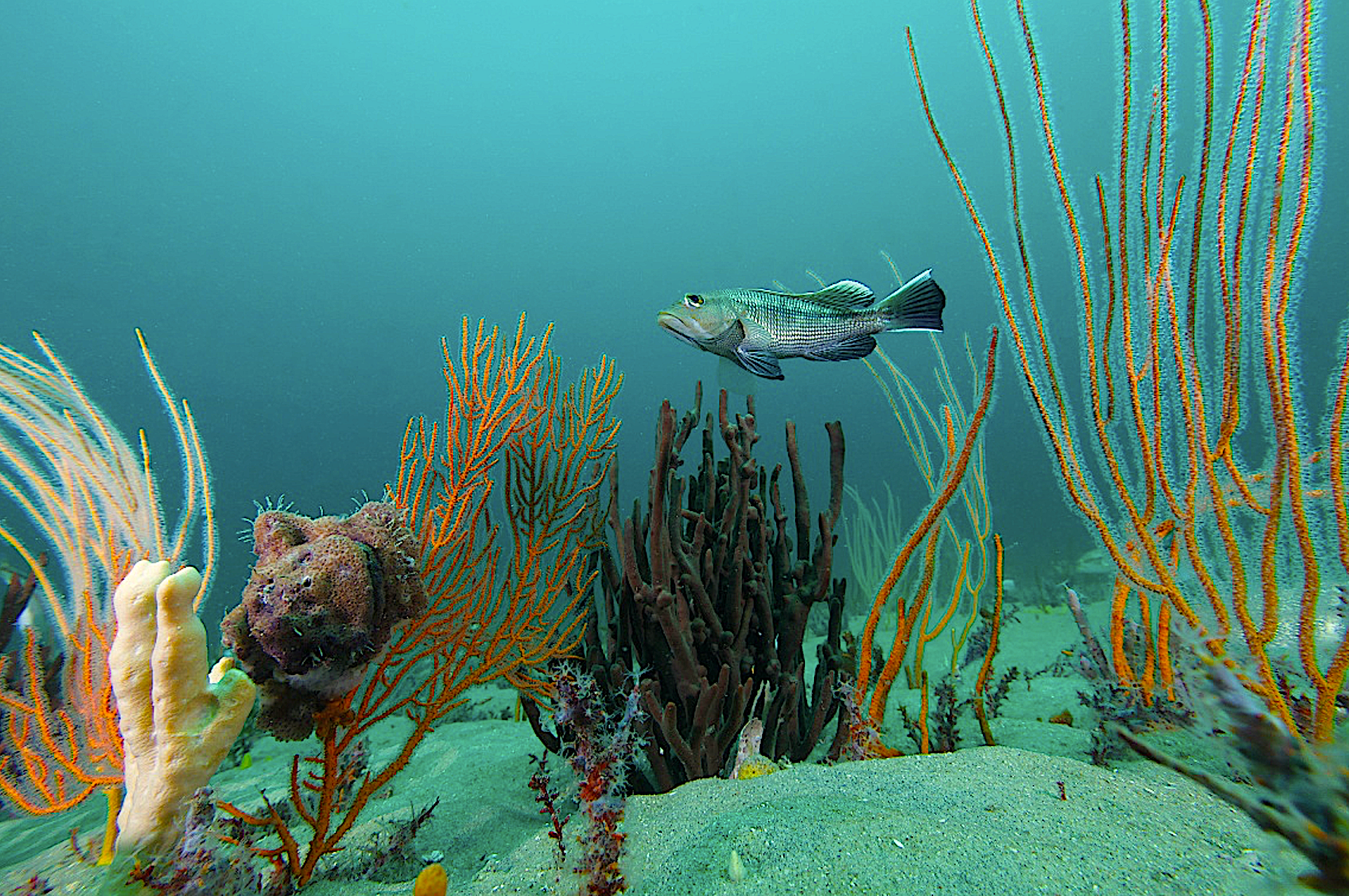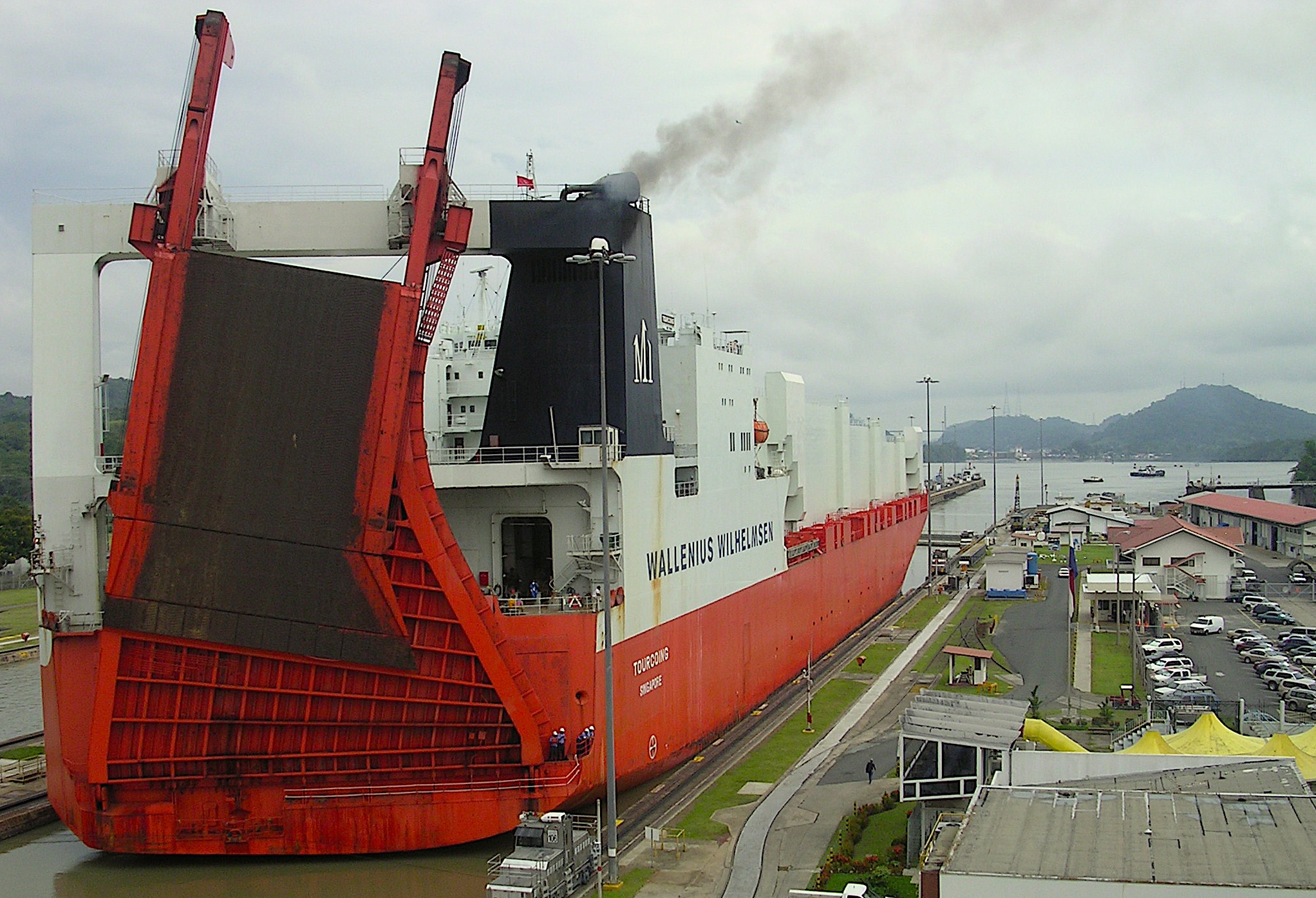Maybe they’re migrating — but maybe not.
Research Need
Human and environmental pressures shape the ecosystems of the Southeast U.S., impacting many reef fish species, including black sea bass. In response to environmental changes, fish may move to new areas to find suitable habitat, decline in number if their habitat is lost, or increase if more habitat becomes available.
Black sea bass populations illustrate all three responses. The migratory northern stock has expanded its range into the Gulf of Maine and increased in number, while the southern stock has declined in abundance. Although numbers improved following strict management regulations in 2010, the population began declining again in 2013, suggesting that other factors, such as the environment, may be at play.
As coastal environments continue to change, it’s important for managers to predict accurately how fish will respond. But the power of prediction relies on a data-driven understanding of individual fish species. Where do the fish live now? How many are there? How do they grow and reproduce?
What did they study?
Researchers from South Carolina Department of Natural Resources analyzed over 20 years of data from two long-term monitoring surveys off the Southeast coast. A trawl survey sampled small fish (1.5 to 6 inches) recently hatched in shallow waters, while a trap survey near reefs in deeper waters sampled fish that were about two years older.
From 2003 to 2022, the researchers compared the number of young fish caught in trawls with the number of slightly older fish later caught in traps to determine if juvenile fish numbers can predict the number of adult fish. Additionally, they looked at whether water temperature played a role in black sea bass abundance and distribution.
What did they find?
Between 2003 and 2022, trawl surveys caught 1,109 young black sea bass, while trap surveys caught over 40,000 adults. Juvenile fish numbers did not predict future adult numbers, possibly because trawls sample soft-bottom areas, which are not ideal for this reef-loving species.
The number of fish caught in traps indicated the adult population rose by 150% between 2003 and 2009, then dropped to record lows after 2016.
What else did they find?
Bottom water temperatures in the region rose from about 73℉ to 75℉, with recent years more than 3.5℉ warmer than the coldest years on record. Cooler years were often followed by stronger survival rates for young black sea bass, with more juveniles growing into adulthood. In contrast, recent warmer years have been linked to a decline in juvenile numbers.
Additionally, years that included higher adult black sea bass populations also found them concentrated farther south, while years with fewer adults saw a shift toward the northern part of their range.
So what?
Warming could push the southern black sea bass stock farther north, leading to fewer fish in the south. However, it’s unclear whether this means the southern stock is shrinking or moving into areas once occupied by the northern stock. While trap surveys have done a good job tracking adult fish, trawl surveys may not fully capture the numbers of juveniles, highlighting the need for new sampling methods to better estimate the juvenile black sea bass population.
Reading
Vecchio, J. L., Finch, M. W., Spanik, K. R., Zimney, A., & Smart, T. I. (2025). Black Sea Bass Centropristis striata Year Class Strength and Spatial Extent from Two Long-Term Surveys off the Southeast U.S. Atlantic Coast. Fishes, 10(2), Article 2. https://doi.org/10.3390/fishes10020053
This research was funded by NOAA Fisheries.
Lead photo by NOAA Fisheries.

The text from Hook, Line & Science is available to reprint and republish at no cost with this attribution: Hook, Line & Science, courtesy of Scott Baker and Sara Mirabilio, North Carolina Sea Grant.
- Categories:




